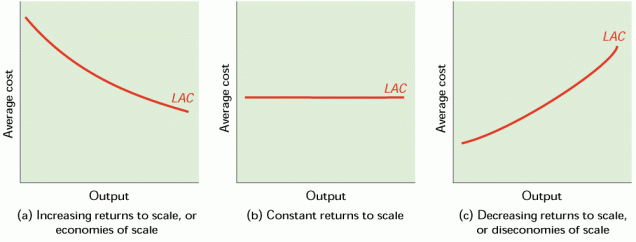The Belt and Road Initiative (BRI) is a development strategy proposed by the Chinese government that focuses on connectivity and cooperation between Eurasian countries. Through infrastructure development China wants to boost trade and stimulate growth across Asia and into Europe. Ratings agency Fitch said that $900bn in projects were planned or in progress.

India is a country that will benefit from this development and recently Prime Minister Modi positively responded to Chinese President XI Jinping’s vision of the world – the BRI being the most obvious and a catalyst to India’s foreign policy aims which responds to the global trends. These are:
- India has the potential to become the world’s third largest economy by 2030. It intends to do this by sharing prosperity and working with other countries to set joint goals.
- Political ideologies are now encompassing equity and environmental issues. In India they are becoming more main stream policies for government and sustainable resources use is important in the 21st century.
- India is looking at Asia as the largest common market. Asia is reverting to its historical equilibrium of an integrated continent and does not want to choose between India or China. Instead, it supports a resetting of their relations to shape the goals of the ‘Asian Century’, which include the Bell and Belt Initiative and security related differences.
- India has a comparative advantage in the digital world and the potential to be the engine behind global growth.
- India priority is settling the boundary issues with its neighbours, enhancing diplomatic leverage and building a $10 million economy.
China is trying to improve international norms, technical standards and institutions through the BRI which covers more than 900 projects – 76 ports and terminals in 34 countries and special arbitration courts, about 80% which are contracted to Chinese companies. Whilst Prime Minister Modi is trying to divert the Western framework for reducing emissions in favour of human well-being within ecological limits.
And as the rivalry between the US, and Russia and China intensifies, India can play a stabilising role on agreed goals within the framework of a multi-stakeholder in the “Asian Century”.
Source: Neighbors move toward ‘Asian Century’ – ChinaDaily 28-29th April 2018
 I have
I have 
 On the 8th November last year India’s Prime Minister, Narendra Modi, announced that all 500 and 1000 rupee notes could no longer be used as a medium of exchange – this accounts for 86% of cash in circulation. These notes could be exchanged for new ones by the end of the 2016.
On the 8th November last year India’s Prime Minister, Narendra Modi, announced that all 500 and 1000 rupee notes could no longer be used as a medium of exchange – this accounts for 86% of cash in circulation. These notes could be exchanged for new ones by the end of the 2016. Venezuela
Venezuela









